Achieving BYOD confidence
The use of personal devices in the workplace has been by turns feared and welcomed. Over 10 years since the launch of the first iPhone, where do we stand now with BYOD?


Over the course of the past 10 years, the use and ownership of a smartphone used for work has moved from being the prerogative of senior management to an everyday occurrence. And while some organisations still provide these devices to workers, Bring Your Own Device (BYOD) has moved from being a novelty to a mainstay of IT planning across companies of all sizes.
In a 2013 report, Deloitte said: “Adoption of BYOD has been enabled by recent advances in consumer electronics. Improvements in device technology have traditionally filtered down from enterprise to consumer devices in the same way as innovations in motor racing have trickled down to consumer vehicles. This trend has been in reverse for some years and many consumer devices now equal or surpass the capabilities of enterprise devices.”
Since then, this trend has continued to grow, particularly when it comes to smartphones. In a 2019 report, Mordor intelligence said the global BYOD market was worth $186.09 billion in 2019 and is expected to reach $430.45 billion by 2025, driven by the more widespread availability of 4G and the growth in the number of SMBs founded over the next 5 years.
Using consumer technology at work may already be familiar across many businesses, but IT managers must pay close attention to how these devices are used, as they can quickly become compromised. The risk perimeter created by a BYOD environment can become vague and confusing to defend without clear user policies in place. As workers change their devices on average every two years, it’s critical to have a BYOD policy that is flexible.
Two other acronyms have also joined BYOD: CYOD (Choose Your Own Device) and COPE (Corporate-Owned, Personally Enabled). CYOD has become popular, as businesses can choose the devices their workers use and, stay in control of aspects of these technologies, notably their security. Bulk buying and streamlined procurement make CYOD increasingly popular yet can be restricting for users. COPE is often the choice of larger organisations. They retain ownership of the devices in use. COPE is familiar with highly sensitive or regulated sectors such as healthcare or finance.
Dr Zulfikar Ramzan, CTO of RSA Security tells IT Pro: “Although data can be a tremendous asset, it quickly turns into a liability given the seemingly endless barrage of large-scale data breaches. As the stakes increase, stemming from breach-related expenses, regulatory fines, and the potentially irreversible loss of customer trust, we may see a shift to a world where certain industries consider Bring Your Own Data policies that leverage user-owned decentralised storage, thereby reducing the liability in the event of a breach.”
Best business smartphones 2023: The top handsets from Apple, Samsung, Google and more Best business tablets 2023 What is BYOD? Benefits of flexible working (including for parents) Flexible vs agile working
The popularity of BYOD across firms of all sizes will continue to expand. As smartphones, in particular, continue to become more powerful, they can be used in more business environments. Managing these devices becomes a critical business strategy.
Get the ITPro daily newsletter
Sign up today and you will receive a free copy of our Future Focus 2025 report - the leading guidance on AI, cybersecurity and other IT challenges as per 700+ senior executives
Consumerisation of IT
The consumerisation of the workplace has been evolving for the past five years. For businesses on a trajectory of digital transformation, the dexterity with which they can utilise mobile digital technologies now available is a differentiator.
BYOD has shown how workers covet their devices and will feel friction if forced to use other sanctioned technologies. The key is to balance how consumer technologies are implemented and then how they interface with the established IT infrastructure.
One of the most obvious ways this is happening is how devices are managed.
According to Leif-Olof Wallin, research vice president at Gartner: “Mobile Device Management (MDM) has evolved into Enterprise Mobility Management (EMM) and there is now a market termed Unified Endpoint Management (UEM).”
“The focus has also shifted from managing the entire device to just focusing on managing the corporate applications and data,” he adds. “Many organisations deem this model adequate and provide the needed level of data leakage prevention.”
But could these concerns and adaptations all be for naught?
“Some clients are reporting problems getting the BYOD adoption rate up as users may have a perception that the organisation gets too much control over the personal device or that the personal use of the device is being deteriorated,” Wallin tells IT Pro.
RELATED RESOURCE

Digital Transformation Planning Report 2020
An in-depth look at how IT leaders are approaching digital transformation
Reticence among employees to hand over their devices to their devices isn’t the only stumbling block either, as some lauded business benefits have failed to materialise.
“Many Gartner clients that initially embraced BYOD aggressively and made it the norm (typically for smartphones, tablets and, to a lesser extent, PCs) have reevaluated their programs for various reasons or have changed their policies significantly,” says Wallin.
“Expected cost savings from moving to BYOD often do not materialise. Conditions that made BYOD attractive initially may have changed, or the ability to enforce BYOD for all or most users has met resistance.”
It’s not all doom and gloom, though, as some organisations will find conditions that made BYOD initially unattractive have changed.
“As platform management controls provide increasingly granular data controls, enrolling the device in UEM (Unified Endpoint Management) is no longer a requirement for BYOD,” Wallin explains. “This has resulted in clients increasingly embracing BYOD for some select user-profiles and CYOD for others.”
Making connections
The technology mix that enables businesses to remain agile and use the latest digital tools will have a BYOD component. Consumer devices, though, need to be brought into the IT environment of a company balancing user convenience and above all, security.
Connecting personal devices to network infrastructure, and how these devices can be controlled, is clearly a focus for CTOs that see this trend expanding and accelerating before their eyes.
BYOD and its close siblings CYOD and COPE are an evolution of digitisation that is on-going. Businesses need to appreciate how personalised devices are now an inevitable component of their processes. Workers have shown their desire to use their own devices and react badly when constraints are placed upon them.
Business IT is now consumer IT. Companies that embrace personal devices, place them within a secure environment, and leverage their power, will be able to innovate at speed
David Howell is a freelance writer, journalist, broadcaster and content creator helping enterprises communicate.
Focussing on business and technology, he has a particular interest in how enterprises are using technology to connect with their customers using AI, VR and mobile innovation.
His work over the past 30 years has appeared in the national press and a diverse range of business and technology publications. You can follow David on LinkedIn.
-
 Bigger salaries, more burnout: Is the CISO role in crisis?
Bigger salaries, more burnout: Is the CISO role in crisis?In-depth CISOs are more stressed than ever before – but why is this and what can be done?
By Kate O'Flaherty Published
-
 Cheap cyber crime kits can be bought on the dark web for less than $25
Cheap cyber crime kits can be bought on the dark web for less than $25News Research from NordVPN shows phishing kits are now widely available on the dark web and via messaging apps like Telegram, and are often selling for less than $25.
By Emma Woollacott Published
-
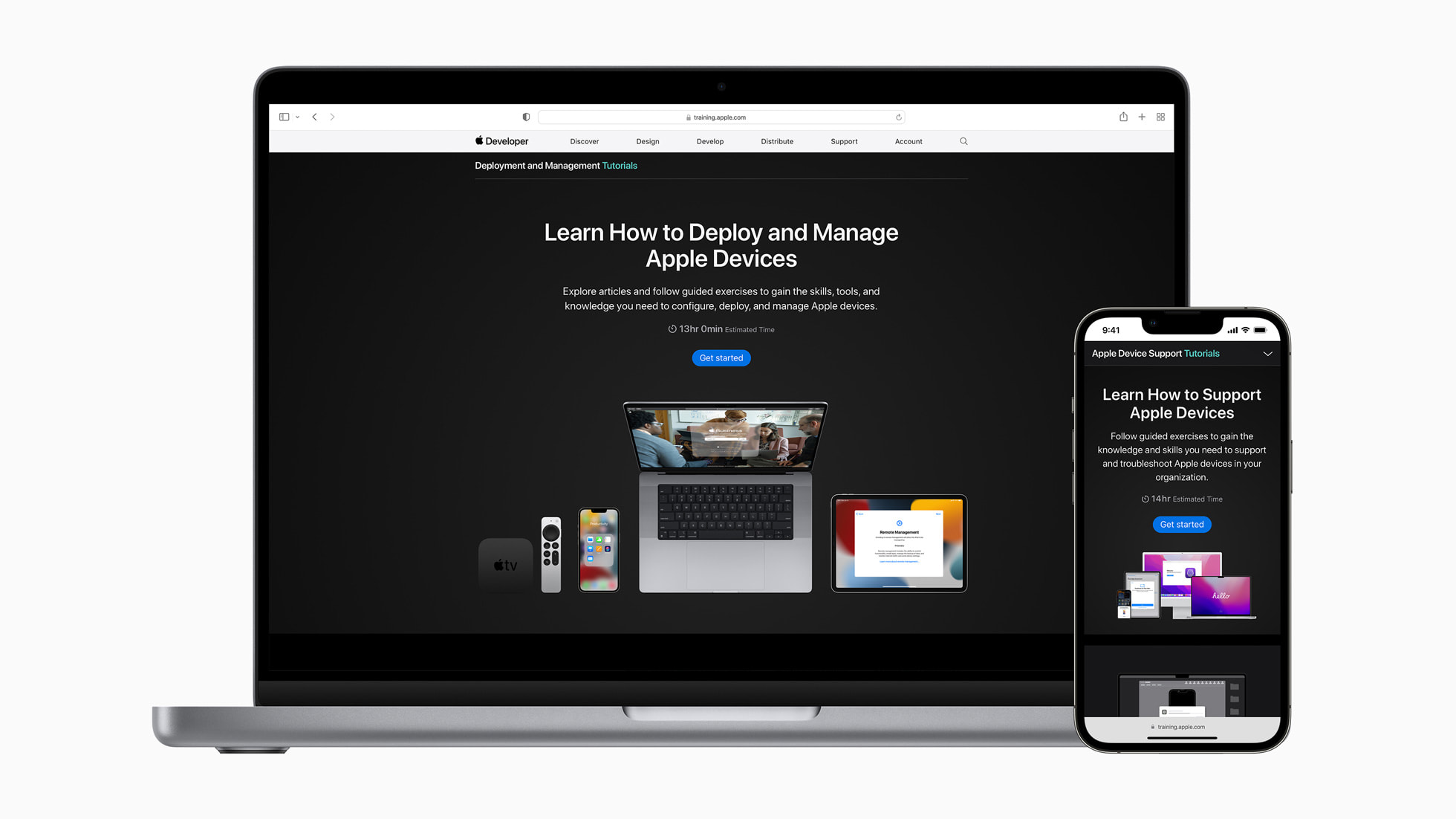 Apple "completely redesigns" IT certifications, introduces two new exams
Apple "completely redesigns" IT certifications, introduces two new examsNews The format has changed to better suit remote learning as demand for Apple admins grows
By Connor Jones Published
-
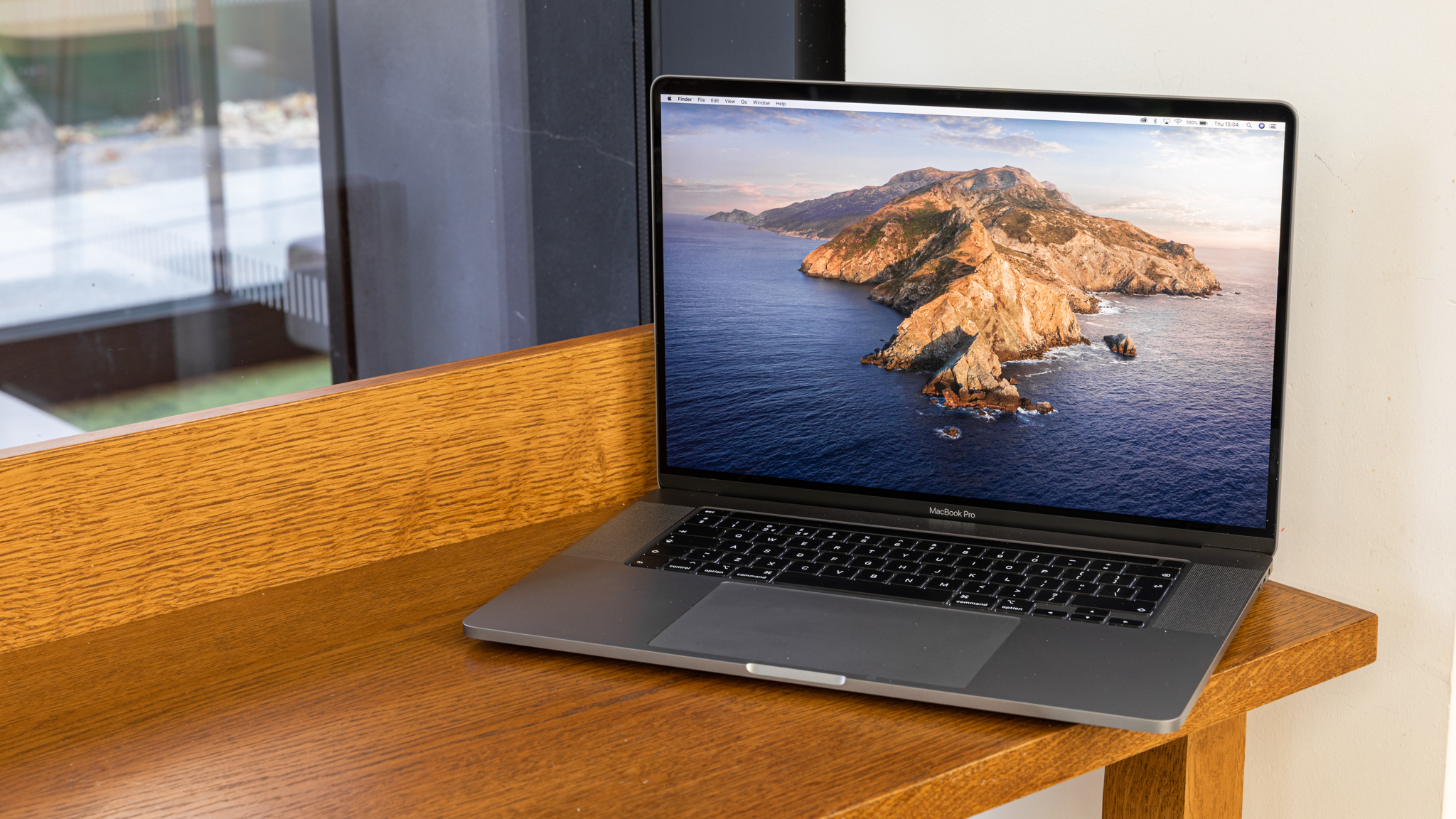 Apple’s Business Essentials opens up to all US small businesses
Apple’s Business Essentials opens up to all US small businessesNews The service, which was previously in beta, supports both company-issued and personal iOS devices
By Praharsha Anand Published
-
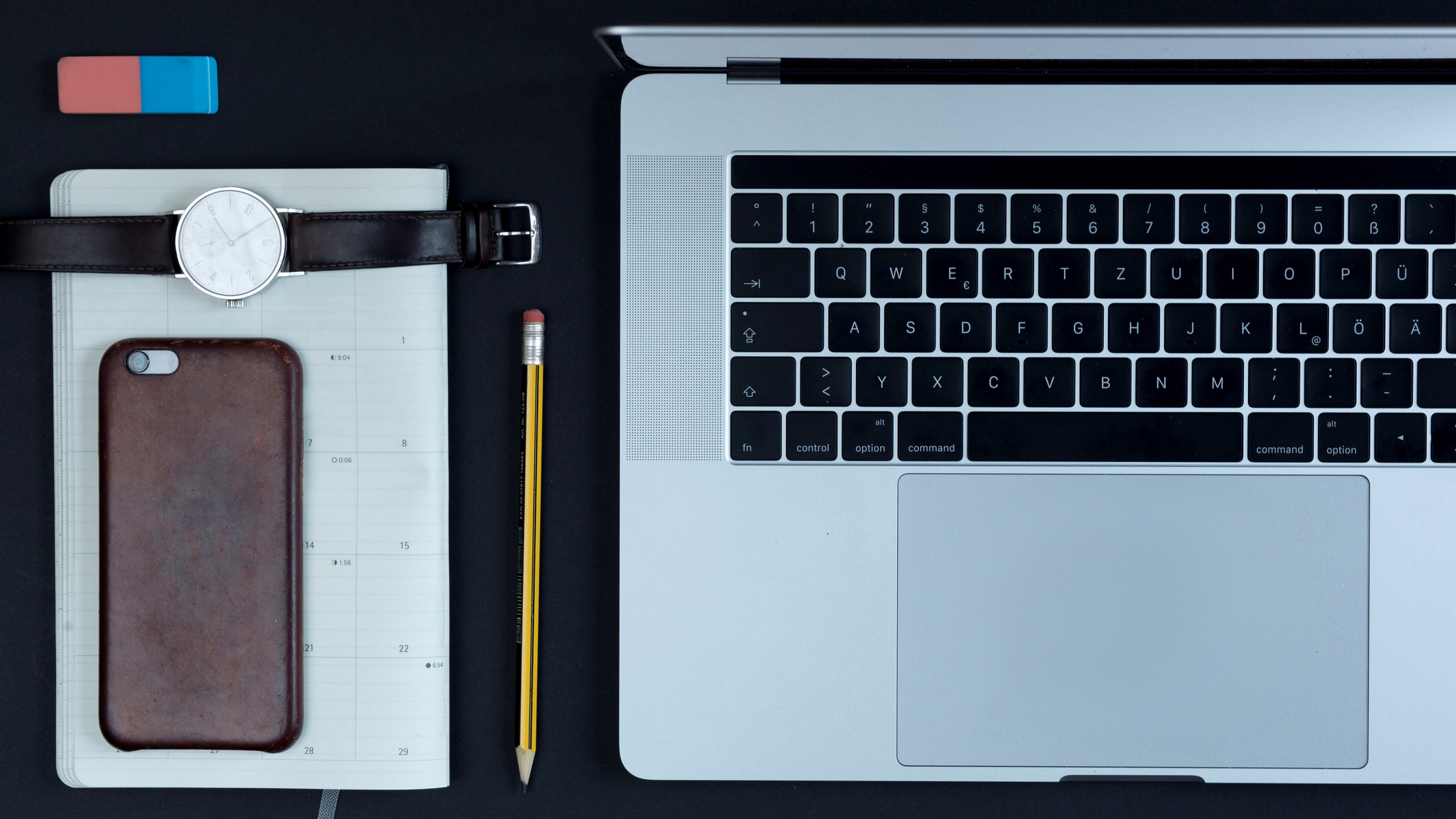 Rebooting your BYOD strategy
Rebooting your BYOD strategyIn-depth With hybrid working becoming the norm, there's a need for a device management overhaul. What does BYOD 2.0 look like?
By Kate O'Flaherty Published
-
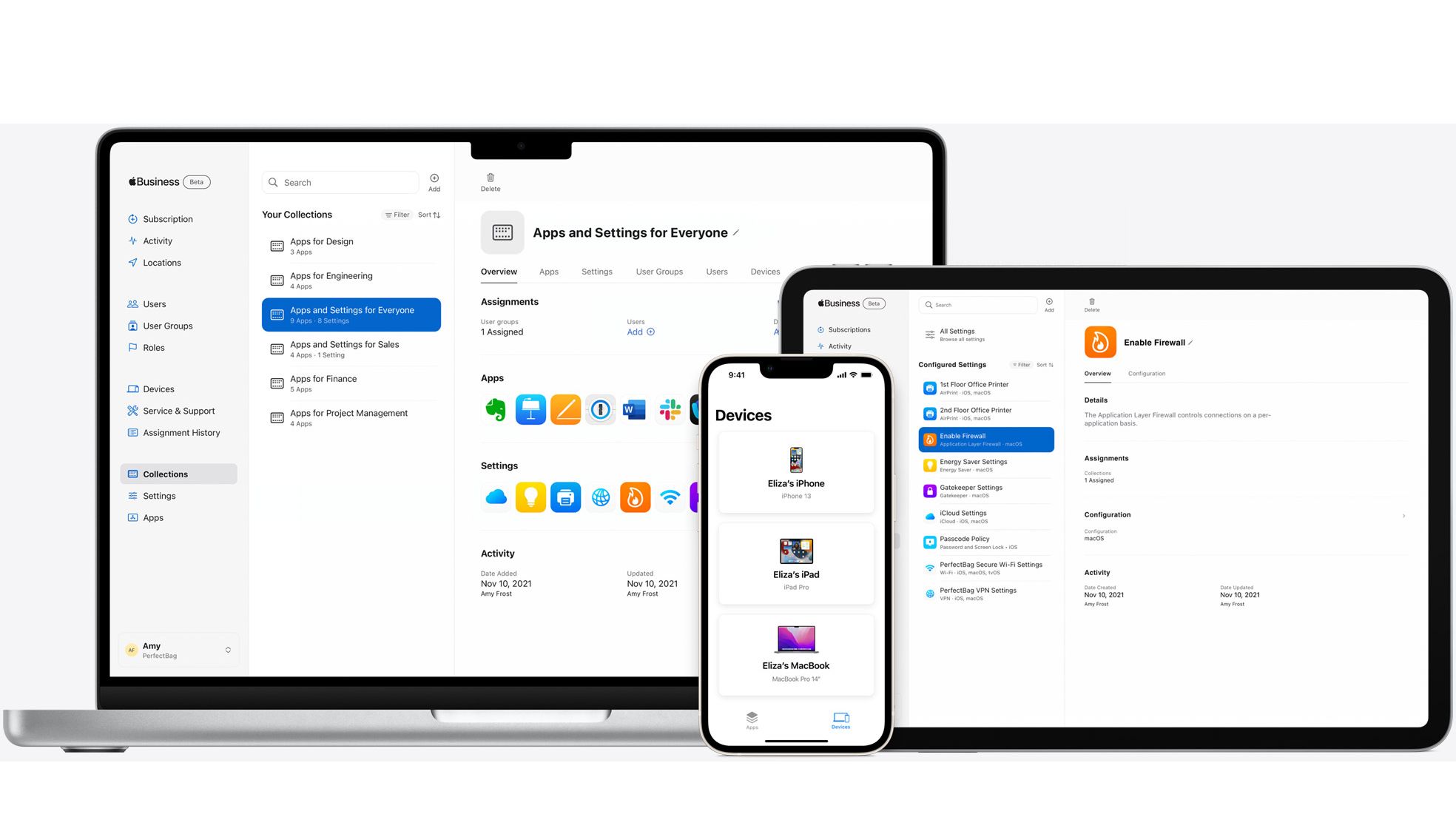 Apple unveils Business Essentials suite for small businesses
Apple unveils Business Essentials suite for small businessesNews The device management and support subscription is aimed at SMBs looking for help in managing their growing IT demands
By Connor Jones Published
-
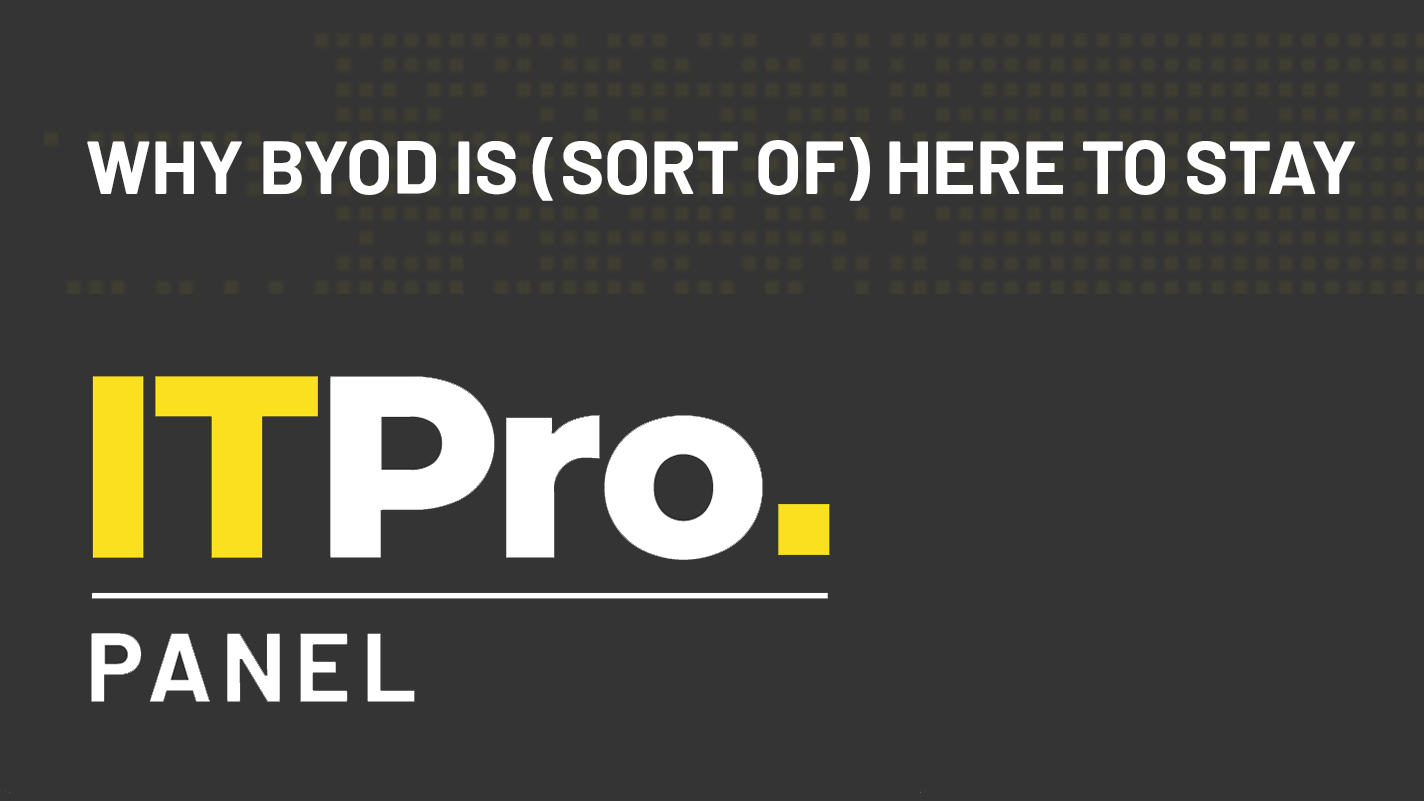 IT Pro Panel: Why BYOD is (sort of) here to stay
IT Pro Panel: Why BYOD is (sort of) here to stayIT Pro Panel CIOs explain why they aren’t going all-in on personal devices
By Adam Shepherd Published
-
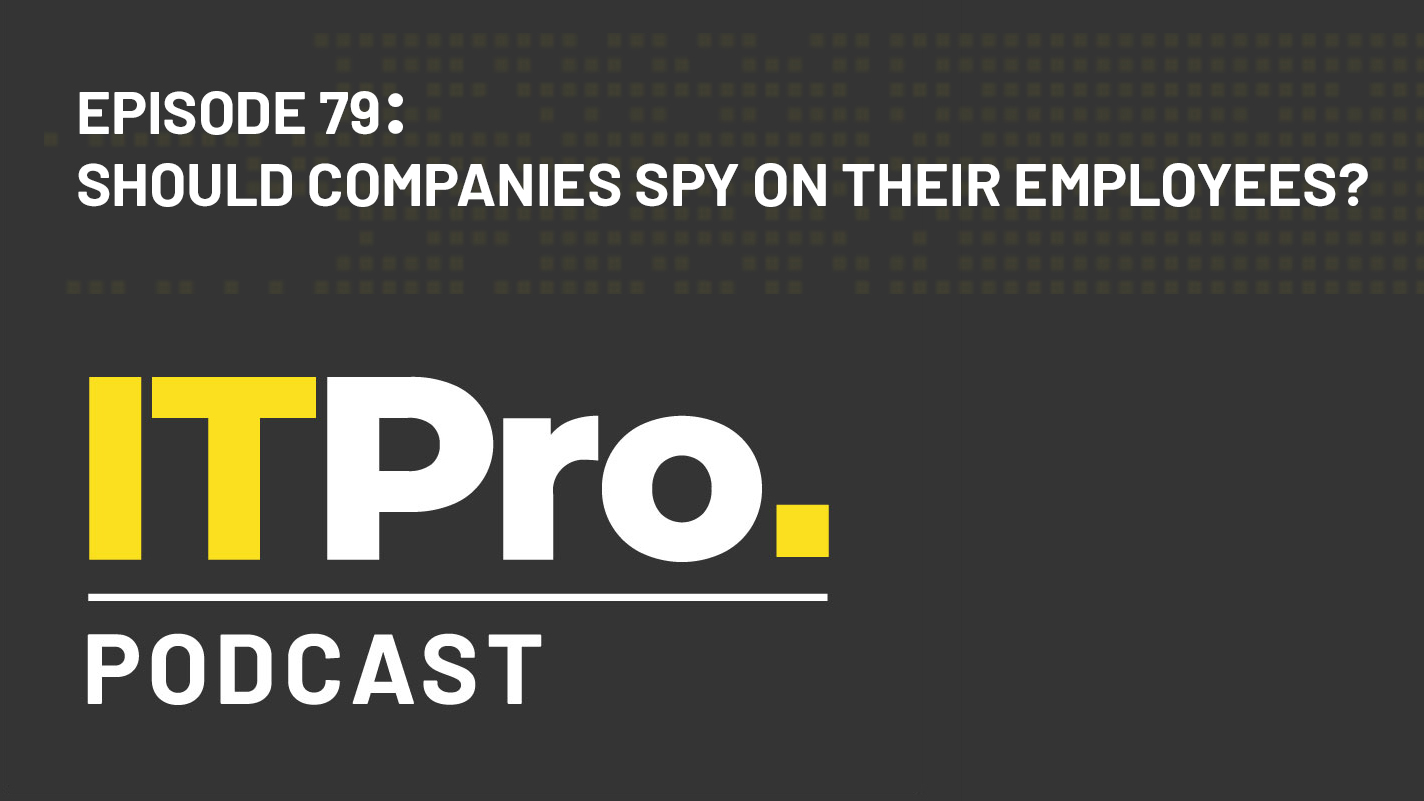 The IT Pro Podcast: Should companies spy on their employees?
The IT Pro Podcast: Should companies spy on their employees?IT Pro Podcast Where’s the line between security and surveillance?
By IT Pro Published
-
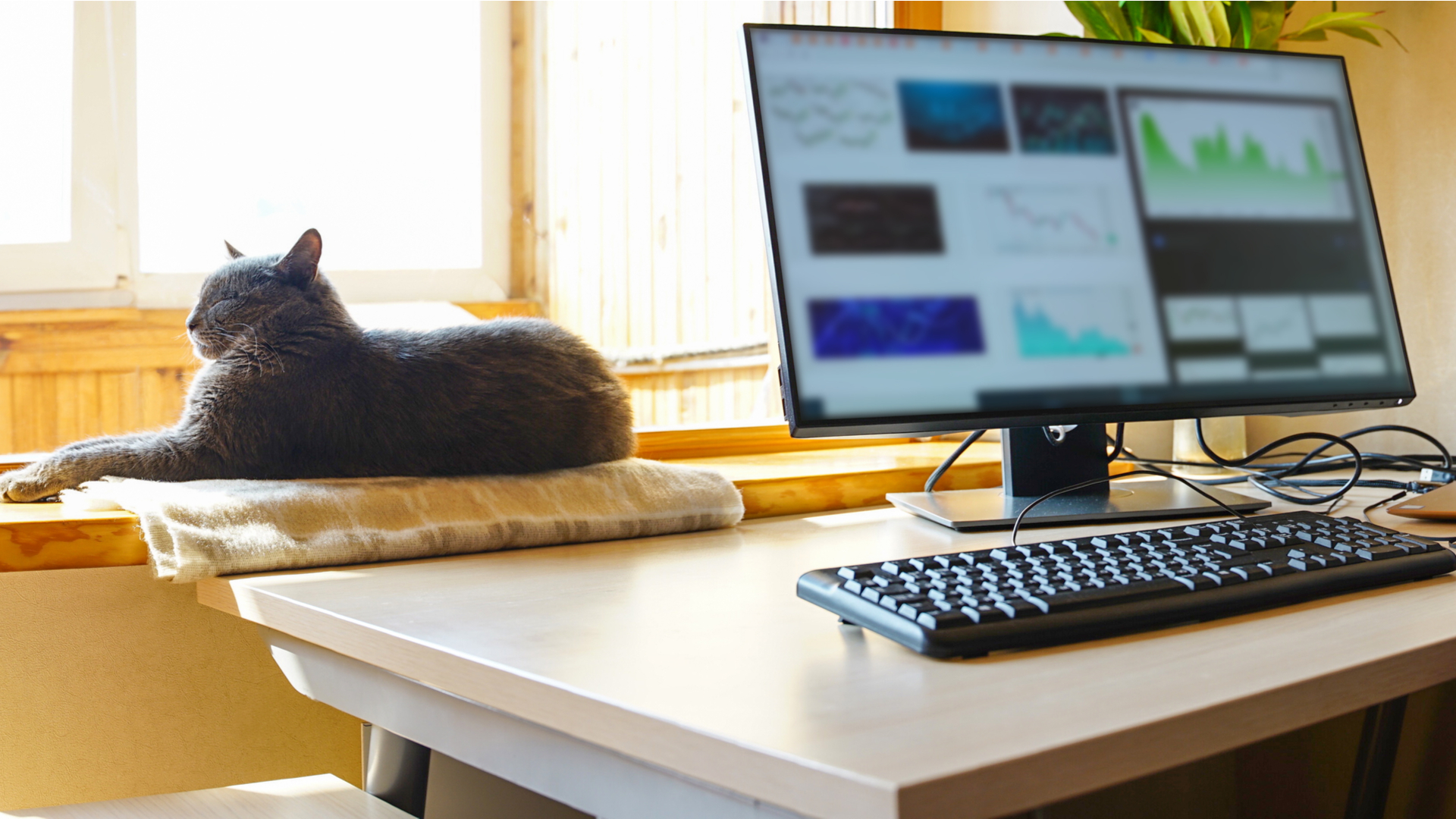 What are employers' responsibilities when we use personal tech to work from home?
What are employers' responsibilities when we use personal tech to work from home?In-depth With many more months of lockdown ahead of us, and workers reluctant to return to the office full time, it's time to think about roles and responsibilities
By Sandra Vogel Published
-
 What is the 'personalisation of IT'?
What is the 'personalisation of IT'?In-depth With millions of people using personal devices for professional purposes while working from home, consumerisation has entered a new phase
By David Howell Published